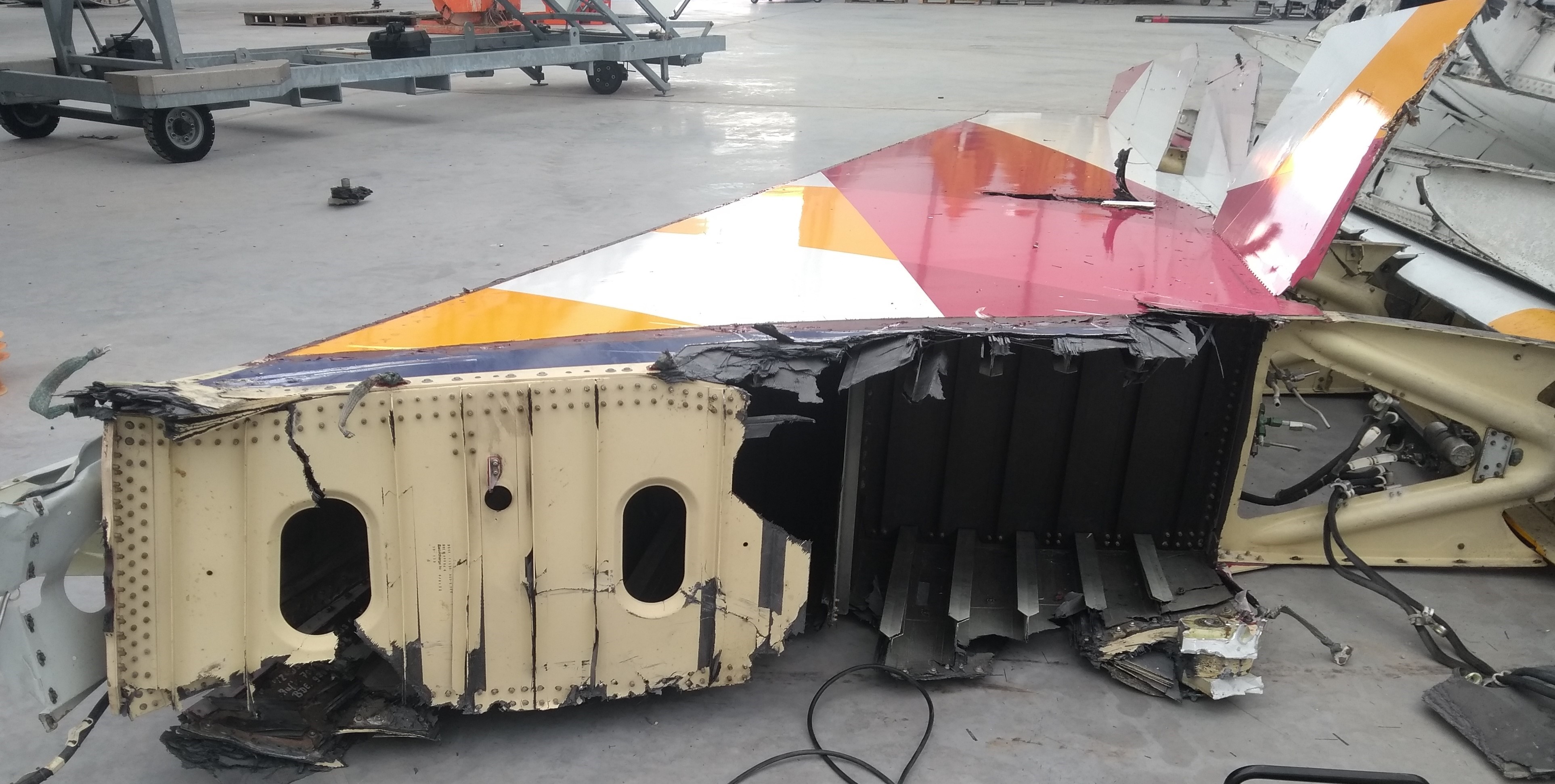
ELG Carbon Fibre and Belgium-based recycling company Aerocircular NV have signed a Memorandum of Understanding (MoU) to put in place a closed-loop recycling scheme for end-of-life (EoL) carbon fiber aircraft parts.
‘Today, composite EoL fractions are typically shredded and burned or landfilled,’ says Aerocircular CEO Koen Staut. ‘By joining forces with ELG Carbon Fibre as an established international player in the field of carbon recycling, the ambition is to establish a closed-loop recycling process of our EoL aircraft carbon composite material stream, maximizing value via a joint approach in further developing the recycling process and new product development using this reclaimed carbon fiber.’
‘This collaboration with ELG will allow a robust, economically viable recycling flow with impact on industrial scale,’ added Stein Janssens, R&D director. ‘Doing so, every ton of carbon fiber from the aircraft we process to new material saves 20 tons of global-warming potential (GWP) CO2 equivalent at only 1/10th of the energy required compared to producing virgin carbon fiber.’
‘By working with Aerocircular and expanding our activities into post- consumer waste from end-of-life aircraft, we are preparing to address the challenge that will be faced when carbon fibre intensive structures reach the end of their lives,’ said Frazer Barnes, MD of ELG Carbon Fibre. ‘This is an important step in ensuring that the carbon fiber composites industry plays its part in meeting the environmental challenges we all face.’
This story uses material from ELG, with editorial changes made by Materials Today. The views expressed in this article do not necessarily represent those of Elsevier.





